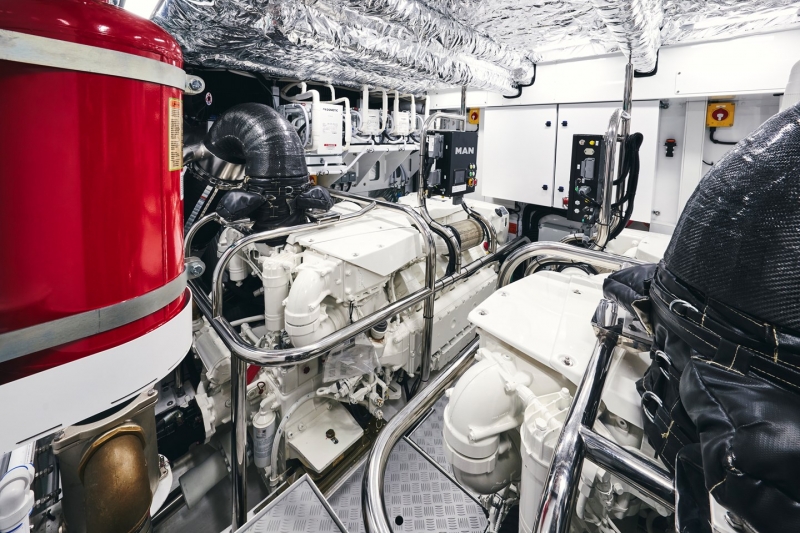Engine Fluid Analysis
16th November 2022
Engine fluid analysis is like a blood test for your boat. The patient may look fine, and even feel well, but it never hurts to check for hidden problems.
By monitoring the condition of your oil, fuel, and coolant, you can often determine how to keep it running longer and stronger in the same way blood work pinpoints physical troubles. All without the pinch of a needle.
Most skippers are careful and make sure to change oil and filters at least once a year. This is also a perfect time to analyze all the key fluids that support the engine.
Since the average recreational boat only logs roughly 100-hours or so per year, the annual change is usually enough to protect the engine against loss of viscosity, acid buildup and other ills that afflict oil after extended operations. But to get a better picture of the engine’s internal condition than a visual inspection can offer, it is a good idea to pull a sample for a laboratory analysis, check your coolant and have a technician inspect your fuel tank.
Oil that has been inside any moving mechanical apparatus for a period reflects the exact condition of that assembly. As engine or mechanical components wear, metallic trace particles enter the oil. These particles are so small they remain in suspension. Many products of the combustion process also will become trapped in the circulating oil. In the process, the oil becomes a working history of the motor.

Particles caused by normal wear and operation will mix with the oil as does any externally caused contamination. By identifying and measuring these impurities, you get an indication of the rate of wear and of any excessive contamination.
Some wear is normal, but test showing elevated levels of certain materials offer an early warning of impending problems and could prevent a breakdown.
Engine fluid analysis can point to problems like faulty air filtration, coolant leaks, fuel dilution and engine damage. For example, if the used oil contains abnormal levels of copper and lead, it may be an indication of bearing wear. The elevated presense of sodium, potassium, boron, and silicon might be an indication of coolant contamination. Too much iron could be a result of excessive soot and be caused by injector problems.
The mere presence of these elements in the oil sample is not necessarily a cause for concern. What is important is their concentration relative to the operating hours on the engine and the oil sample. The lab will make an informal judgment on the significance of the element concentrations detected and will report and abnormalities.
Additionally, the lab will measure the presence of contaminants that can affect the function of the oil in protecting the engine. Of particular interest is any indication of water, coolant, or fuel in the oil. In most cases, you will want to investigate and fix the problem. However, trace amounts of water can be from normal condensation.
The test will detect oxidation of the oil. This is normal with age but leads to increased sludge formation and varnish deposits. The analysis will also report the presence of any sulfur compounds, by-products of fuel combustion that deplete the neutralizing properties of the oil.
The report returned by the lab is quite comprehensive and gives a good indication of the status of an engine. Naturally, one expects to see that everything is OK, but the report is probably of most value when it warns of impending failures.
It also pays to check the condition of your coolant from time to time. Some skippers fail to recognize that coolant, like oil, also ages, and degradation can result in the coolant becoming acidic, harming coolant passageways, oil coolers, and bearings in the water pump and possibly leading to premature failure.
Another thing to check would be your fuel, which is best done by a mobile technician. The technician will be able to check the bottom of the tank for water and polish the fuel, a process that involves dewatering and filtering to remove sediment, algae, and other impurities that can clog filters.
Annual engine fluid analysis is cheap compared to the engine trouble that can be prevented. And remember, keep records of all tests for reference and to demonstrate diligent maintenance to prospective buyers in the future.


